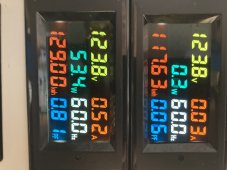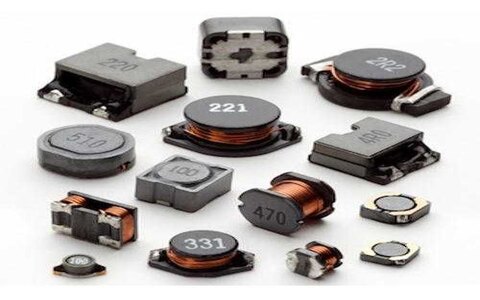When running at maximum, outputting 2400W, is it pulling 3000W from the battery?
The pictured foam is labelled “wasted electricity”, is that 600W?
If so, why isn’t this reflected in an inverters efficiency… 1 / (3000/2400)?
(80%)
Reactive power is power reflected back into the inverter.
That can have several different effects depending on the inverter topology.
If the inverter is fully bi-directional, in other words, real ac power fed back synchronously into the output, can quite literally charge the battery, then there is no real problem. The inverter will handle reactive power easily. Provided of course its capable of working safely at that power level.
The problem arises with inverters that are not fully bi directional. Reflected power coming back in, has nowhere to go, and usually results in a destructive over voltage or over current, which can easily let the smoke out.
Many of the cheaper cheaper high frequency inverters are like that.
Anyhow, a good robust bi directional inverter seeing a 3000 VA reactive load, with only 2400 watts of it being resistive, will only theoretically draw 2400 watts from the battery, assuming the inverter has an impossibly high 100 percent efficiency.
There will however be 3000 watts worth of constantly circulating power in the wiring, mosfets, transformer, the heatsink, and all the power handling parts.
Those must be rated for the full reactive circulating energy, even though only 2400 watts (theoretical) has to come from the battery to supply the 2400 resistive power in the load. Again assuming 100% theoretical power conversion efficiency.








